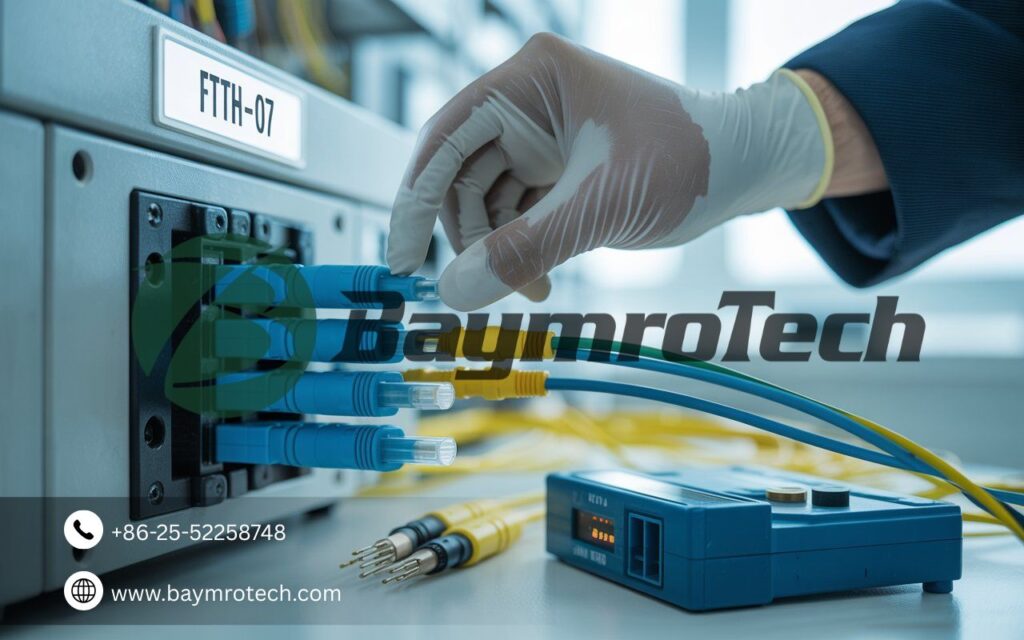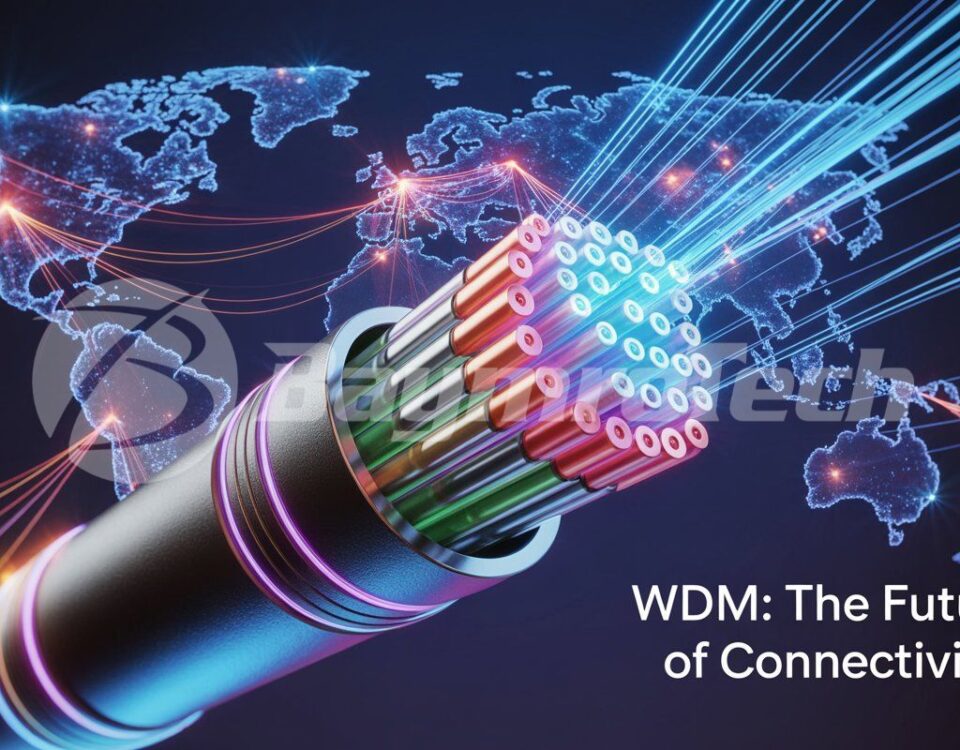Ever felt daunted by the tangle of cables in your data center or network room? You’re not alone—many IT professionals and installers face the challenge of upgrading to high-speed, high-density fiber optics without causing downtime or confusion. With MPO/MTP fiber optic cables, you can streamline your infrastructure, but only if you install them correctly. In this guide, we’ll walk you through every step, from planning to testing, so you can install MPO/MTP cables with confidence and efficiency—and maybe even enjoy the process!
Why MPO/MTP Fiber Optic Cables Are a Game-Changer
MPO (Multi-Fiber Push On) and MTP® (a brand of MPO) connectors are the backbone of modern high-density cabling. They pack up to 24 fibers—sometimes even more—into a single connector, making them ideal for data centers, cloud environments, and any scenario where space and speed are at a premium. In fact, MPO/MTP solutions can reduce installation time by up to 75% compared to traditional fiber systems. That’s a huge win for anyone looking to scale their network without breaking the bank or their back.
But here’s the catch: if you don’t install them properly, you might end up with signal loss, connectivity issues, or worse—expensive repairs. That’s why a step-by-step approach is essential.
Step 1: Gather the Right Tools and Materials
Before you start, make sure you have everything you need. Here’s a quick checklist:
MPO/MTP cable assemblies (factory-terminated for reliability and ease)
Cable tester (to verify connections and signal quality)
Cleaning tools (lint-free wipes, isopropyl alcohol)
Safety gear (gloves, eye protection)
Cable ties or Velcro straps (for organization and strain relief)
Termination tools (if you’re working with non-pre-terminated cables)
Having the right tools on hand will save you time and frustration later.
Step 2: Plan Your Cable Route
Take a few minutes to map out your installation path. Consider:
Cable length (measure twice, order once!)
Bends and obstacles (avoid sharp bends—MPO/MTP cables are sensitive to excessive bending)
Access points (where will you need to connect or disconnect cables?)
A well-planned route will help you avoid headaches and ensure a neat, professional installation.
Step 3: Inspect and Clean Your Components
Before you plug anything in, inspect your MPO/MTP connectors for damage or contamination. Look for:
Scratched or dirty ferrules
Damaged alignment pins
Cracked or loose housing
Use lint-free wipes and isopropyl alcohol to clean the ferrules and alignment pins. Let them dry completely before proceeding—moisture is the enemy of fiber optics.
Step 4: Install the MPO/MTP Cable
Now for the fun part—plugging in the cable!
Align the keying features on the connector and port.
Insert the cable gently until you feel or hear a click—this means it’s properly seated.
Secure the cable with cable ties or Velcro straps to prevent movement and strain.
Remember: never force a connector. If it doesn’t fit, double-check the alignment and try again.
Step 5: Manage Cable Organization
A tidy installation is a happy installation. Use cable management tools to keep your cables organized and protected. This not only looks professional but also makes future maintenance much easier.
Step 6: Test the Connection
Don’t skip this step! Use a cable tester to:
Check for insertion loss (how much signal is lost at the connector)
Perform a back reflection test (to detect any signal interference)
Testing ensures your installation meets industry standards and will perform reliably.
Step 7: Document Your Work
Write down the details of your installation, including:
Cable routes
Test results
Any issues encountered
Good documentation will save you time and trouble if you need to troubleshoot or expand your network later.


Common Pitfalls and How to Avoid Them
Even experienced installers can run into problems. Here are a few common mistakes and how to avoid them:
Ignoring Polarity: MPO/MTP cables require careful attention to polarity to ensure signals travel the correct path. Use the right polarity method (Type A, B, or C) for your application.
Forgetting to Clean Connectors: Dirty connectors are a leading cause of signal loss. Always clean before connecting.
Over-Bending Cables: Excessive bending can damage fibers and degrade performance. Follow the manufacturer’s bend radius guidelines.
Why Choose BaymroTech for Your Fiber Optic Needs?
At BaymroTech, we understand the demands of modern networking. Our fiber optic cable supplies are engineered for performance, durability, and ease of installation. Whether you need indoor, outdoor, or custom solutions—including DWDM manufacturers’ requirements—we’ve got you covered.
We also offer a full range of MPO/MTP solutions to help you achieve high-density, high-speed connectivity with minimal hassle. Our products are rigorously tested and compliant with international standards, so you can trust them for your most critical applications.
Real-World Example: A Data Center Success Story
Imagine you’re upgrading a data center from 10G to 100G Ethernet. The old patch panels are a spaghetti mess, and downtime is not an option. By switching to MPO/MTP pre-terminated trunk cables, you can:
Reduce installation time by 75%
Cut down on rack space
Eliminate field termination errors
One of our clients did just that—and they were back online in a fraction of the time, with a much cleaner, more scalable setup. That’s the power of MPO/MTP technology.
Expert Tips for a Smooth Installation
Always plan your layout before you start.
Test every connection before you call it done.
Keep your workspace clean and organized.
Use high-quality components—cheap cables and connectors can cost you more in the long run.
Conclusion: Install with Confidence
Installing MPO/MTP fiber optic cables doesn’t have to be intimidating. With the right tools, a clear plan, and a bit of patience, you can transform your network infrastructure for the better. Remember to test, document, and keep your cables organized—your future self will thank you.
Ready to take your network to the next level? Explore our fiber optic cable solutions and MPO/MTP products today, or contact our team for expert advice. And if you’re looking for DWDM manufacturers, we’ve got the expertise and the products to help you succeed.




